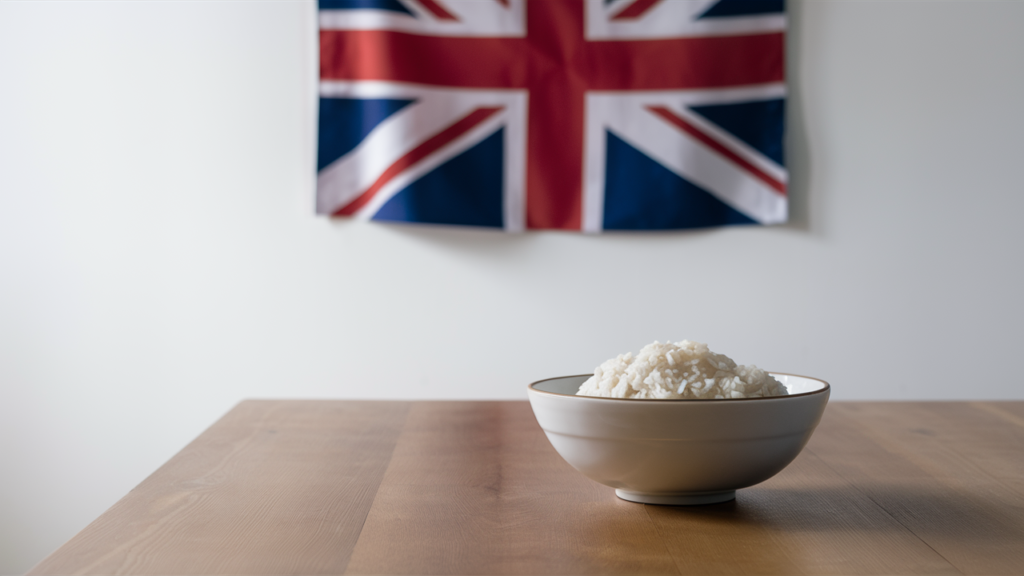Introduction
Korean certified rice syrup, known as 한국 쌀 시럽 ‘(ssal-jocheong)’in Korean, is a traditional sweetener that has graced the tables of Korea for centuries. This natural syrup is not just a sweetener but a cultural emblem, representing the simplicity and richness of Korean culinary practices
What is Korean certified rice syrup?
Korean certified rice syrup is a thick, sticky liquid derived from rice. The traditional method involves fermenting cooked rice with enzymes from sprouted barley, which breaks down the starches into sugars, primarily maltose. This process imparts a unique, mildly sweet flavour that is less intense than refined sugars but richer in depth.
Nutritional Profile and Benefits
Unlike refined sweeteners, it contains a complex carbohydrate profile. It provides a slower release of energy, making it a healthier alternative to regular sugar. It’s also a source of minerals like potassium and magnesium, contributing to its nutritional value.
Culinary Uses
Generally n Korean cuisine, rice syrup is a versatile ingredient. It’s used to sweeten dishes, create a glossy finish on foods, and as a binding agent in traditional snacks and desserts. From marinades to glazes, it enhances flavours and textures, bringing a subtle sweetness that complements savoury notes perfectly.
Market Insights
The market for it has seen a steady increase, with a growing demand for natural and healthier sweeteners. Brands like Ottogi and Chung Jung One have become household names, offering a range of rice syrups that cater to both traditional recipes and modern culinary needs.
Consumer Preferences
Today’s consumers are more health-conscious, seeking out natural ingredients with minimal processing. Korean certified rice syrup meets this demand, offering a sweetener that aligns with the clean eating trend. Its use in vegan and gluten-free recipes further broadens its appeal.
Conclusion
Korean certified rice syrup stands out as a testament to Korea’s rich culinary heritage. Its natural sweetness and versatility make it a staple in Korean cooking and an increasingly popular choice worldwide.












